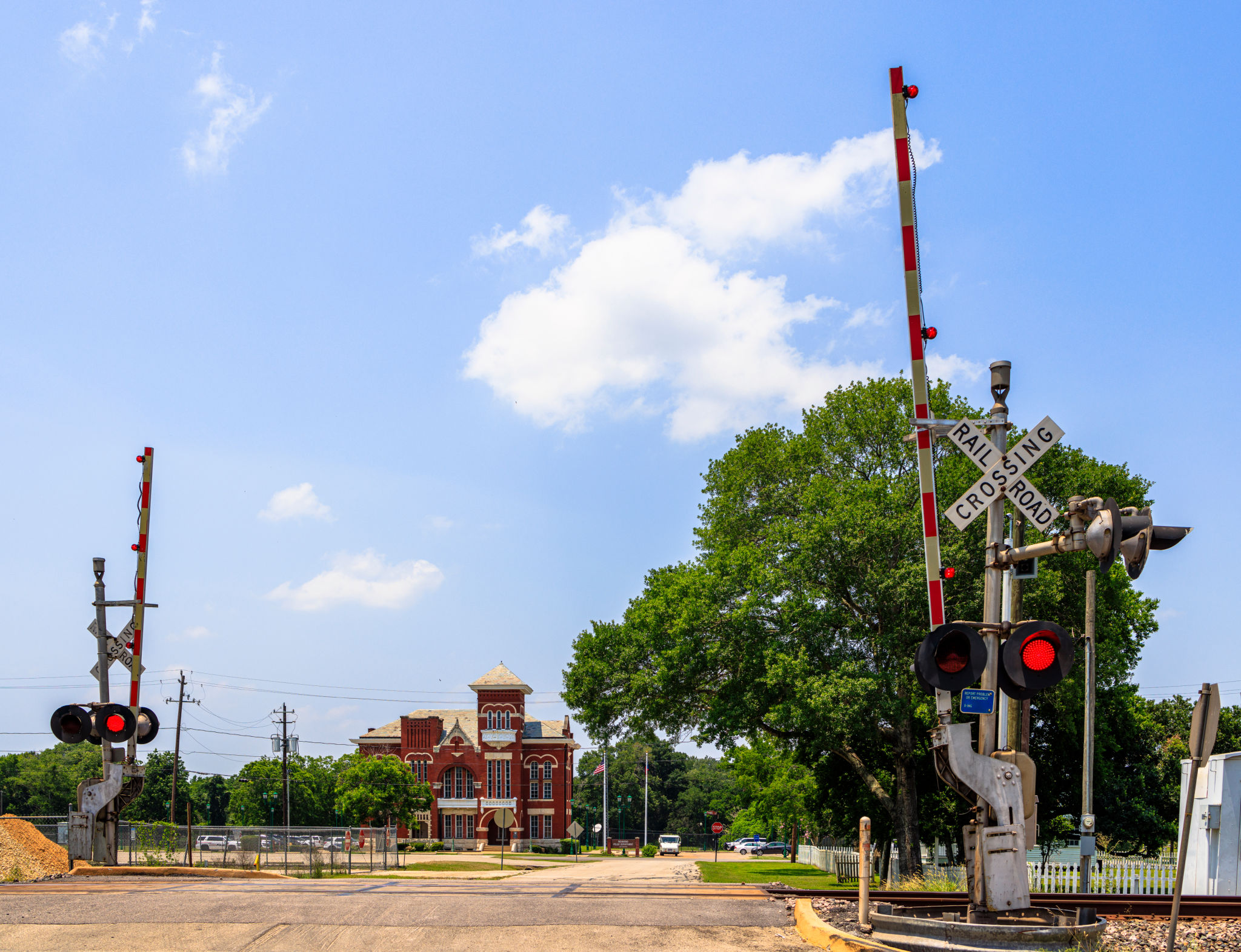Case Study: Successful Medical Equipment Transport in Rural Areas
Introduction to the Challenge
Transporting medical equipment to rural areas presents a unique set of challenges. These areas often lack the infrastructure and resources found in urban centers, making it difficult to ensure timely and efficient delivery. However, recent advancements and strategic planning have paved the way for successful medical equipment transport in these regions. This case study explores a pioneering approach that has made a significant impact.

Understanding the Needs of Rural Communities
Rural communities have specific healthcare needs that differ from urban populations. They often rely on a limited number of healthcare facilities, which makes the availability of medical equipment even more critical. Identifying these needs is the first step in creating an effective transport strategy. By conducting thorough assessments, healthcare providers can prioritize which equipment is most essential for these areas.
Communication and Coordination
Effective communication and coordination are vital components in the transport process. Establishing a strong network between suppliers, transporters, and healthcare facilities ensures that everyone is on the same page. Regular updates and feedback loops help in adapting strategies to meet evolving demands. This collaborative approach fosters a sense of community and commitment among all stakeholders involved.
Innovative Transport Solutions
One of the key successes in transporting medical equipment to rural areas has been the adoption of innovative solutions. Some organizations have implemented drone technology to bypass difficult terrains, while others have optimized routes using GPS and logistics software. These technologies have drastically reduced delivery times and increased reliability.

Sustainability and Cost-Effectiveness
Sustainability is an important consideration in rural transport solutions. Utilizing fuel-efficient vehicles and renewable energy sources can reduce costs and environmental impact. Additionally, bulk shipping and strategic partnerships with local businesses can further enhance cost-effectiveness, allowing more resources to be allocated to improving healthcare services.
Case Study Highlight: A Success Story
A notable example of success in this field comes from a project in a remote area where traditional transport methods were not feasible. By leveraging local resources and expertise, the project team managed to establish a reliable supply chain. This was achieved by training local drivers, using locally available vehicles, and setting up community-based distribution centers.

Outcomes and Benefits
The impact of this project has been profound. The timely delivery of medical equipment has not only improved healthcare outcomes but also boosted community morale. Patients now have access to life-saving equipment that was previously unavailable, leading to better health metrics and increased trust in local healthcare providers.
Lessons Learned and Future Outlook
This case study demonstrates that with innovation, collaboration, and a focus on sustainability, it is possible to overcome the logistical challenges of medical equipment transport in rural areas. Going forward, continuous improvement in technology and processes will be crucial to maintaining and enhancing these achievements.
As more organizations look to replicate this model, it is essential to document best practices and share knowledge across the industry. This will ensure that rural communities worldwide can benefit from improved access to vital medical equipment, ultimately leading to healthier, more resilient populations.
